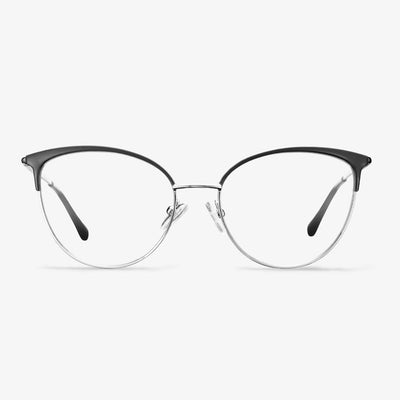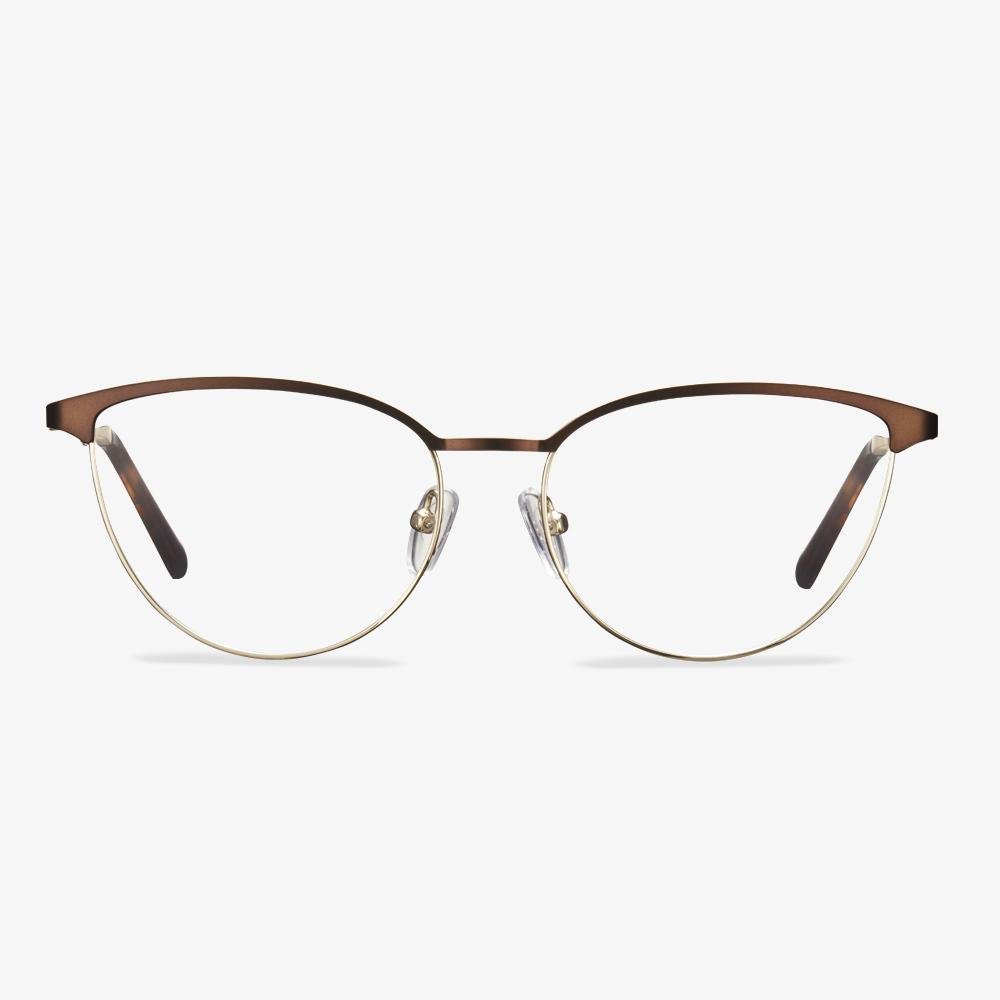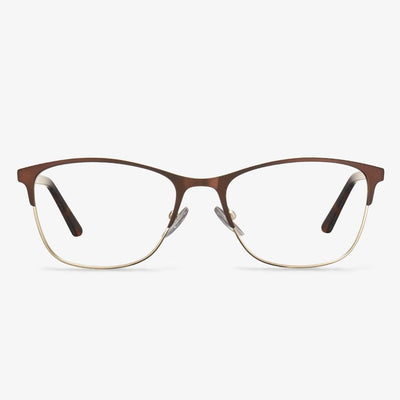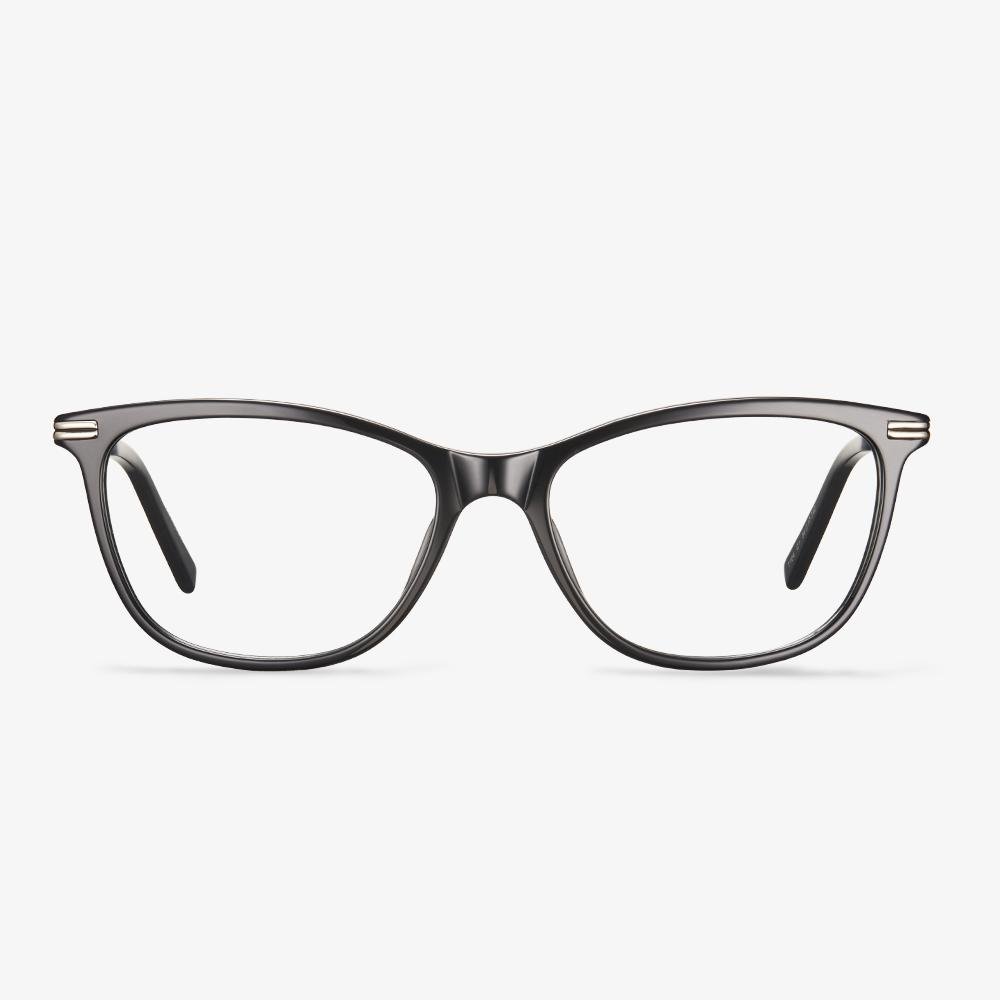Plano Lenses vs Demo Lenses
When talking about the plano lenses, demo lenses will be talked about, too. Plano lenses are different from demo lenses. Demo lenses are nothing but lenses that are fitted into the demo frames at the optical showroom and workshops. The only purpose of demo lenses is to give a realistic aesthetic of the frame to the users so that they can get an idea of how it would look with corrective lenses. However, there is also no corrective power on demo lenses.
Compared with demo lenses, plano lenses provide good quality lenses that give your protection against harmful UV rays and blue light emitted from digital screens like laptops and desktops. In addition, you can also add an anti-glare coating to the plano glasses.
Liingo Eyewear
Find the 5 frames you dug. Try it for 5 days. Spend some time with your new frames to see which ones are right for you. With home trials, you can try on up to five pairs at a time. And if that's not enough, with their virtual try-on service, you can try on any frame you want right away. Put all five frames back in the box, tear off the current shipping label to reveal the pre-paid return label.
Who need progressive lenses?
There is no limit to the degree of progressive multifocal lenses. Whether it is nearsightedness, presbyopia or moderate astigmatism, it can be worn, but not everyone can wear it. There are two types of progressive multifocal lenses on the market, one is hard and the other is soft. The main difference between the two designs is the length of the progressive channel. The rigidly designed progressive film has a short progressive path and relatively less peripheral aberrations. In order to ensure vision at various distances, fewer vertical dimensions are required. For example, a teenage progressive film belongs to this design, but because of its short gradual path, the gradation process is too short. Fast. Compared with the elderly, this design is more difficult to adapt; the soft design of the progressive film has a relatively long gradation channel and relatively large peripheral aberrations, but due to its long gradation channel, the gradation process is relatively smooth, which makes it easy to wear glasses It is suitable for people with poor adaptability.
If you are a person who is able and willing to accept new things, understand and adapt to the temporary discomfort caused by progressive addition lenses, we suggest that he can wear a pair, if he has severe hypertension, dizziness and other symptoms, or People who have misunderstandings about progressive lenses and are unwilling to adapt should not try them. Because you first wear progressive multifocal glasses, you may experience: slight dizziness, shaking when walking, and being careful when moving up the stairs.
The perception of space has changed, the perception of the distance of the object, and the perception of depth have changed. New wearers should not drive immediately and do strenuous exercise. When you look close, you need to turn your eyes down, and your eyes are mildly uncomfortable. Seeing an object through the blurred vision area around the lens makes the object blurred. Therefore, when new wearers look at things, turn their heads more, turn their eyes less, try to use the far-use zone, the near-use zone, and the middle-distance zone to see objects.
Polycarbonate vs High Index: What Are the Differences?
Here, we will briefly show some differences between polycarbonate lenses and high index lenses. If you are looking for thinner and lighter lenses, high index lenses would be a good choice. High index lenses are strongly recommended for those people who require a strong eyeglasses prescription for common vision problems, such as nearsightedness, farsightedness, or astigmatism. Besides, you need to know that the stronger prescription, the thicker the edges of the lenses. So, high index lenses are good choices because they are slimmer and lightweight.
Polycarbonate lenses are an ideal option for children’s eyewear since they are tough, lightweight, tough, and durable. Because of their durability, polycarbonate lenses are much less likely to break or fracture than even high index lenses.
So, from the above information, you can know the differences between polycarbonate and high index lenses. With these differences, you have known how to choose the lenses when prescribing a new pair of eyeglasses.
If you want to get a pair of new eyeglasses, you can choose to go to the local optical store. However, nowadays, you can choose to prescribe glasses online. This gives you great convenience. If you want to get a pair of new glasses online, Koalaeye Optical may be a good choice for you, which is a professional optical online store, providing all kinds of glasses or sunglasses, such as blue light blocking glasses, progressive lenses, driving glasses, and so on. In addition, Koalaeye Optical provides a free shipping service.
Packing charge
The most popular scratch-resistant coating packing is about $30.Nikon Eyes Advanced includes stain-proof and water-resistant coatings, plus high-definition digital lenses, and a two-year limited coating warranty, and the price is about $120.Nikon Eyes Customized includes all the benefits of the Nikon Eyes Advanced package, plus thinner and lighter lenses, with the price of about $150. If you opt for standard shipping, your new glasses will arrive in about a week, but you can filter out second-day delivery, two days delivery, or free pick up today.
What Are Trifocal Lenses?
When you are over 40 years old, your eyes may become old, too. Your corrective lens requirements may become increasingly unique, Most people are familiar with bifocal glasses but unfamiliar with trifocal glasses. So, in this post, we will show you what trifocal glasses are.
Trifocal lenses have three different corrective lenses within one lens to offer you intermediate, distance, and near correction, all in one pair of glasses. The varying levels of correction cab are laid out in a couple of different ways to ensure the layout suits your unique vision needs and comfort level.
The near vision is to correct close-up vision, the intermediate vision is often used for card playing and staring at the computer screen fall with this range of vision, and the distance vision is often used for driving or looking at a whiteboard.
Method of wearing the contact lens
Wash your hands before putting on contact lenses, and be careful not to leave long nails, to avoid contamination of the lens by bacteria and nail scratches. Place the contact lens on the tip of your index finger, face-up, and pull your upper and lower eyelids apart with the middle fingers of both hands. Look straight ahead and place the lens gently into the eye (attached to the cornea). Remove the index finger and look down so that the lens is attached to the cornea, and slowly relax the eyelids with the middle fingers of both hands. Blink gently several times (or roll your eyes) to remove bubbles.











































